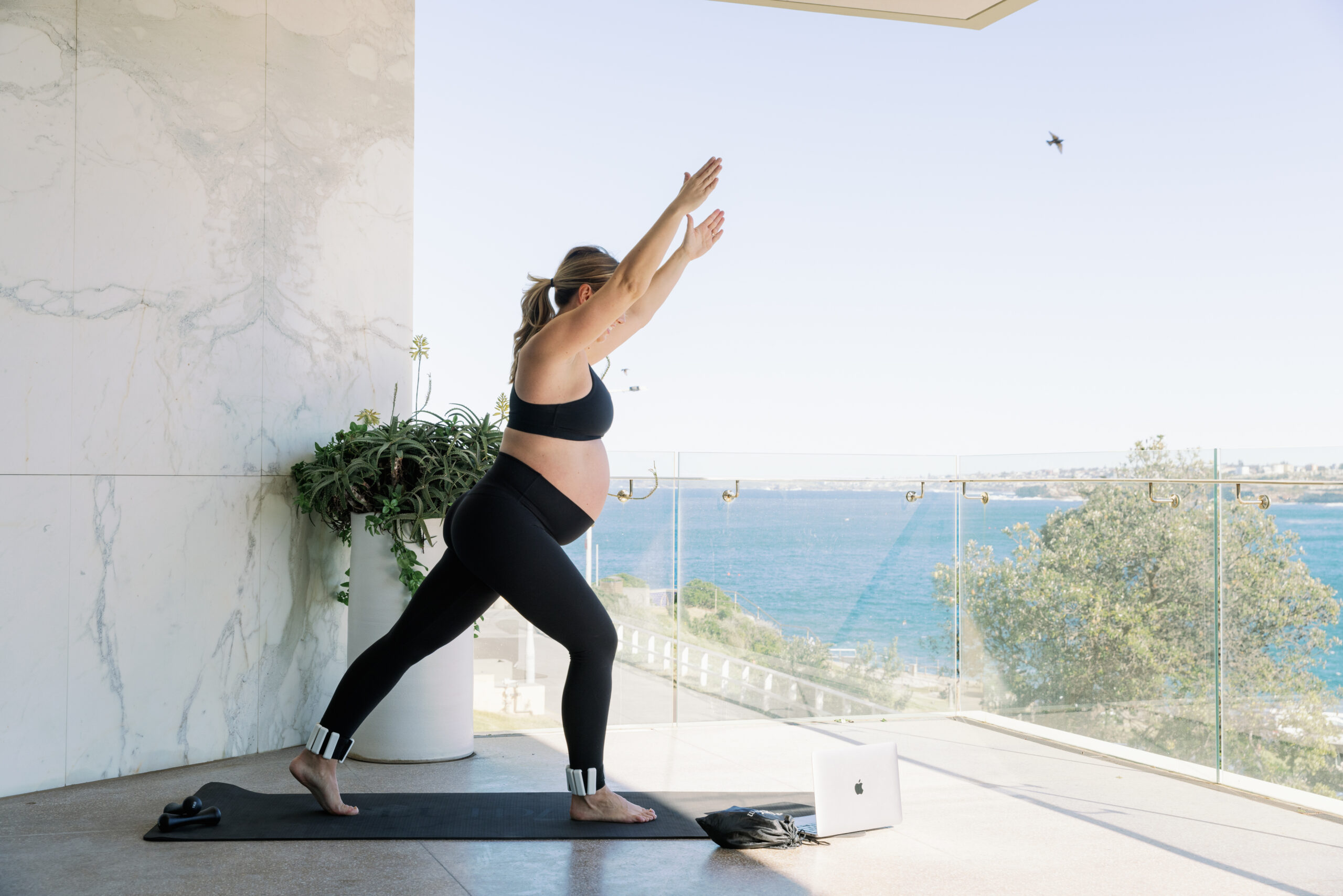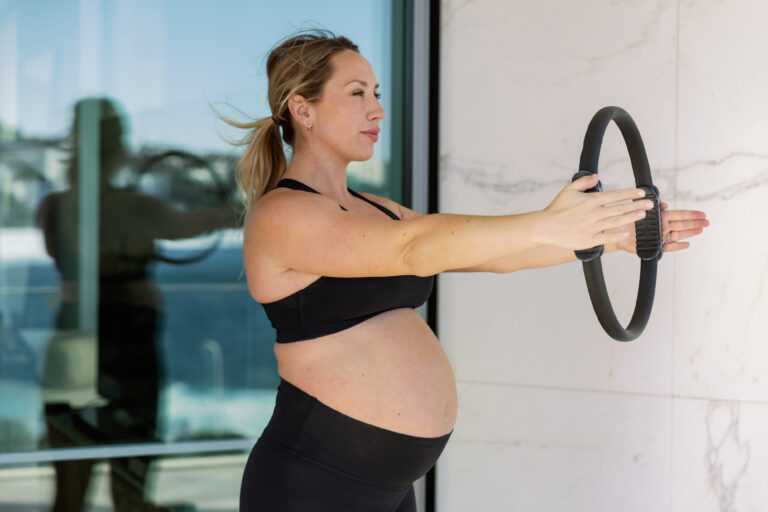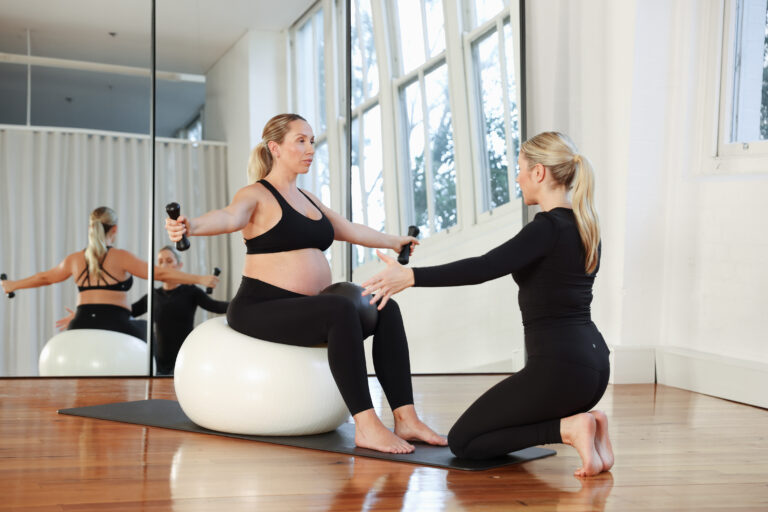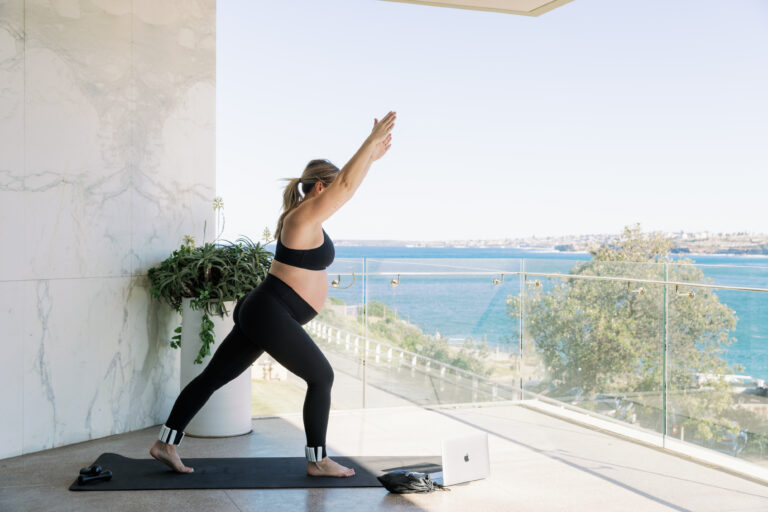There are four main stages of pregnancy; first trimester, second trimester, third trimester and postnatal. The body makes adjustments throughout each stage to support the growing baby in preparation for birth. Staying active and strong through each stage is essential to support your physical and emotional health through your pregnancy, delivery and postnatal recovery.
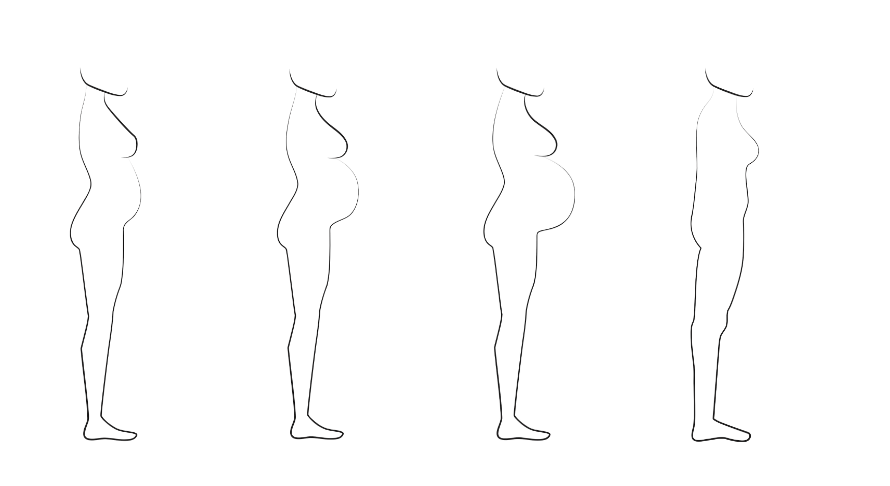
Our bodies are changing through each trimester, which impacts how we move. Let’s dive into each trimester to take a closer look at what our bodies are doing, and how we can support them through movement.
First Trimester (wks 1-12)
While some mothers do not have visible changes, our body is already preparing for birth. The hormone relaxin begins to release, impacting our joints, tendons and muscles. You might start to feel more movement and mobility in your joints, along with instability and weaknesses.
During this stage, it is important to find your mind-body connection and check in with how you are feeling. Avoid movements which spike your heart rate or make you feel unstable.
Focus on:
- Abdominal connection.
- Strengthening your hips and legs.
- Gentle stretches to address imbalances early in the pregnancy.
Try this workout:
Second Trimester (wks 13-28)
By this stage you might start to feel better – your nausea might ease and energy levels should increase. Keep in mind everyone will follow a different pregnancy journey. You might start to see more physical changes in the body.
Your pelvis will continue to forward forward and your spine is extending, preparing your body for childbirth. You might start to experience pain and discomfort in your spine and hips. Be mindful of any movements that will spike your heart rate and reconnect with your breathing. As your baby grows, your lungs are restricted.
Focus on:
- Breathing and connecting the abdominals.
- Strengthening your hips, back and shoulders.
- Mobility in lumbar spine.
Try this workout:
Third Trimester (wks 29- delivery)
As you prepare for birth, movement and strength is essential. It will help to reduce pain and discomfort, and support your health and energy levels. Your baby is growing and becoming more active, which might impact your sleep, breathing and ability to move.
Focus on:
- Breathing and connecting abdominals.
- Stability in pelvis and hips.
- Opening the chest and strengthening the back.
Try this workout:
